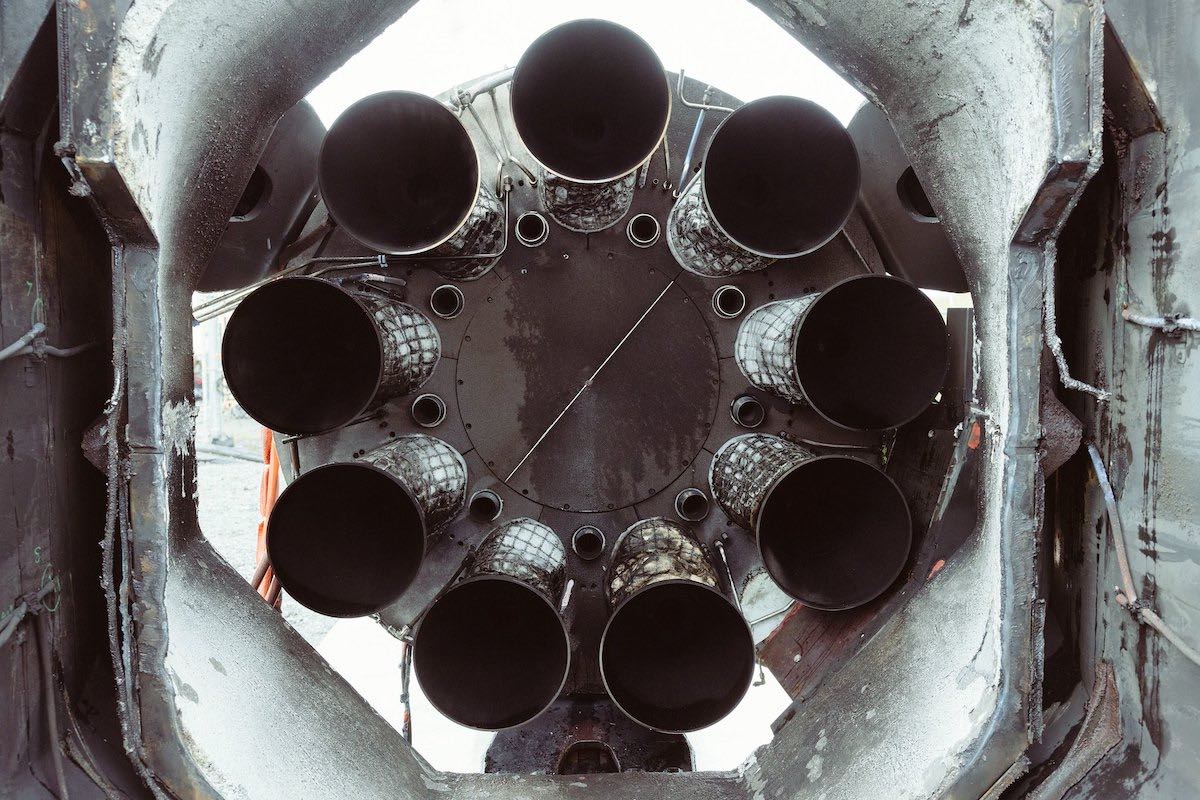
ABL Space Systems could launch the first test flight of its one-ton class RS1 rocket from Alaska as soon as this week, after securing a launch license from the Federal Aviation Administration, the company said Sunday.
The California-based startup company has daily launch windows this week, beginning Monday, opening at 5 p.m. EST and closing at 7:30 p.m. EST (1:00-3:30 p.m. AKST; 2200-0030 GMT). In the final hours before liftoff, the RS1 rocket will be raised vertical on its launch pad at the Pacific Spaceport Complex on Kodiak Island, Alaska, and loaded with kerosene and liquid oxygen propellants.
The 88-foot-tall (27-meter) RS1 rocket is the newest in a line of privately-developed small satellite launchers. ABL aims to join Rocket Lab, Virgin Orbit, Firefly Aerospace, and Astra in a new generation of commercial companies that have successfully launched payloads into orbit. None of those companies successfully reached orbit on their first attempt.
ABL does not plan to livestream the maiden flight of the RS1 rocket, but the company says it will provide updates on major mission milestones on Twitter.
In recent months, ABL teams at Kodiak have completed a static test-firing of the RS1 rocket’s first stage and a series of fuel loading demonstrations to prepare for the first test flight. The two-stage rocket is capable of placing a payload of nearly 3,000 pounds (1,350 kilograms) into a low-altitude equatorial orbit, or about 2,138 pounds (970 kilograms) into a 310-mile-high (500-kilometer) polar orbit, according to ABL.
The RS1 rocket’s lift capability puts it on the upper end of the range of new small satellite launch providers, slightly exceeding the performance of Firefly Aerospace’s Alpha rocket, which reached low Earth orbit on its second test flight Oct. 1 following launch from Vandenberg Space Force Base, California. Firefly’s Alpha rocket deployed its CubeSat payloads into a lower-than-expected orbit, and the small satellites soon re-entered the atmosphere.
Rocket Lab’s Electron booster, Virgin Orbit’s LauncherOne, and Astra’s Rocket 3 launch vehicle have smaller payload capacities. Astra has retired its Rocket 3 vehicle and is now developing a larger launcher called Rocket 4.
ABL says a dedicated launch on its RS1 rocket costs $12 million, more than the price of a Rocket Lab mission but below the price of a larger rocket such as SpaceX’s Falcon 9. The scale of the RS1 rocket is “small enough to simplify development, manufacturing, and operations, but large enough to deliver a per-satellite launch cost at a fraction of a smaller vehicle,” ABL says.
The company says its launch operations rely on a “containerized launch solution,” allowing it to deploy ground support equipment and rockets to different spaceports with minimal pre-existing ground infrastructure. ABL plans to eventually launch missions from Cape Canaveral, Vandenberg Space Force Base, and the United Kingdom.

Founded in 2017, ABL is headquartered in El Segundo, California, and is backed by venture capital funds and money from Lockheed Martin. ABL reported a valuation of $2.4 billion last year during its most recent fundraising round, with a backlog of more than 75 missions, primarily from a bulk order of up to 58 launches from Lockheed Martin. ABL also has a contract to launch a NASA small satellite tech demo mission, and is one of 13 companies in NASA’s roster of providers for venture-class launch services.
The U.S. Space Force added ABL to its roster of 11 companies eligible to win contracts to launch the military’s small satellite payloads over a nine-year period.
For its first test flight, ABL’s RS1 rocket will fly south from Kodiak Island over the Pacific Ocean with two small shoebox-size CubeSats for OmniTeq, a Texas-based company that provides rideshare launch services with plans to deploy a constellation of small satellites to provide maritime communications services.
The two OmniTeq satellites on the RS1 rocket’s first orbital launch attempt will test the operation of OmniTeq’s VariSat high-frequency communications payload, according to ABL. The mission will also demonstrate OmniTeq’s Equalizer deployer, a mechanism designed to eject CubeSats into orbit on small satellite rideshare launches on multiple types of rockets.
The satellites have a combined weight of less than 50 pounds, or about 22 kilograms, according to a Federal Communications Commission filing from OmniTeq.
The RS1 rocket’s first stage is powered by nine E2 main engines that will ignite at T-minus 2 seconds and throttle up to produce more than 133,000 pounds of sea level thrust. The first stage will fire for about two-and-a-half minutes, then jettison to fall into the Pacific, giving way to an upper stage powered by a single E2 engine generating about 13,000 pounds of thrust.
The rocket’s payload fairing will jettison more than three minutes into the flight, and the upper stage engine will shut down nearly 10 minutes after liftoff. If all goes according to plan, the two OmniTeq satellites will deploy from the rocket 12 minutes and 14 minutes after launch.

Here’s an overview of the launch sequence for ABL’s RS1 rocket:
• T-00:02: E2 first stage engine ignition
• T+00:00: Liftoff from LP-3C at Kodiak Island
• T+01:17: Mach 1 (supersonic)
• T+01:35: Max-Q (maximum aerodynamic pressure)
• T+02:38: MECO (main engine cutoff)
• T+02:44: Stage separation
• T+02:46: Second stage ignition
• T+03:14: Payload fairing separation
• T+09:46: SECO (Second stage engine cutoff)
• T+12:31: First payload deployment
• T+14:10: Second payload deployment
Email the author.
Follow Stephen Clark on Twitter: @StephenClark1.
from Spaceflight Now https://ift.tt/QRLAG1c
via World Space Info







0 comments:
Post a Comment